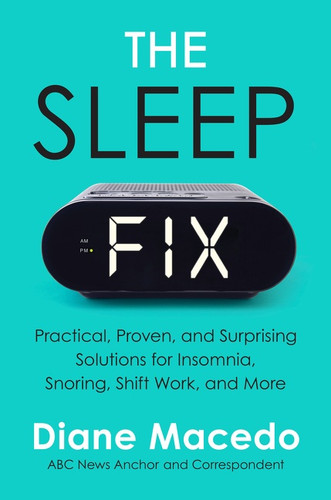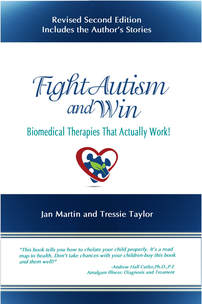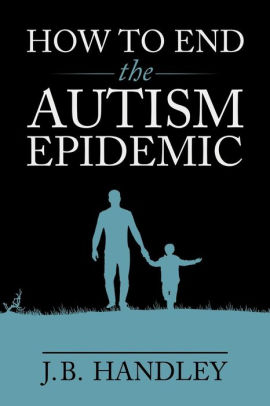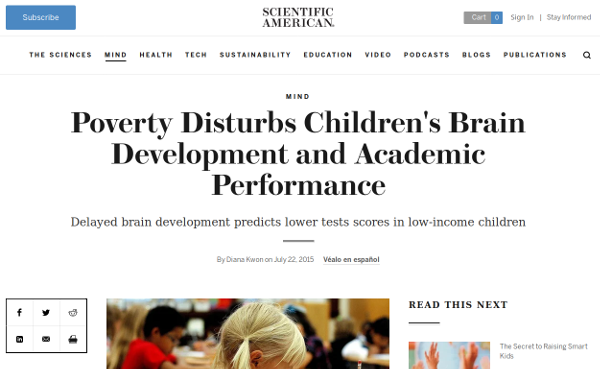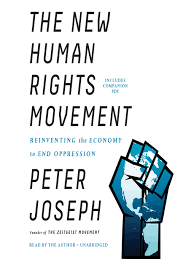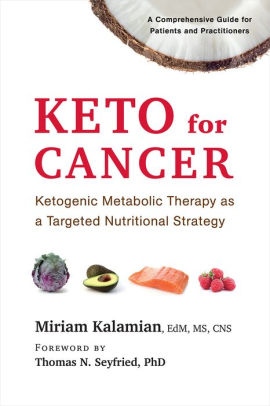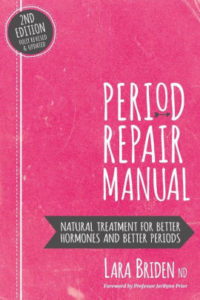Income inequality is growing in the U.S., and the problem is much worse than most people believe. For children, growing up poor hinders brain development and leads to poorer performance in schools, according to a study published this week in JAMA Pediatrics.
It has long been known that low socioeconomic status is linked to poorer performance in school, and recent research has linked poverty to smaller brain surface area. The current study bridges these converging lines of evidence by revealing that up to 20 percent of the achievement gap between high- and low-income children may be explained by differences in brain development. [1]
As a naturopathic doctor I work with clients on nutrition, supplements and healthy living? But what happens if a child is struggling in school because of poor brain development and poverty? Is there a supplement for that? Well maybe some glycerophosphocholine and DHA can help to compensate. The truth is, I would never see that child as the parents can not afford to see a naturopathic doctor.
At the causal level, the problem is about a society that does not take care of people includnig children. It is not about nutrition.
Reductionism is an obsolete way of thinking which is holding us back.
Consider these different debate topics:
- Education
- Health care
- Military spending
- Poverty
- Income inequality
- Immigration
Our society is one whole system. Discussing these talking point as if they are discrete entities with a mimical effect on each other gives a warped perspective.
When beliefs and institutions fail, they tend not to admit it. Instead they will demand that we make the failed institutions work harder. We have many examples of this.
- Trying to fix education by giving students more standardized tests.
- Too much crime? Don’t worry about the cause of crime, lets just have more police and create a massive prison industry.
- Don’t think people should use recreational drugs, lets have a “war on drugs.”
Just like side effects from a bad medication, the actual damage caused by the war on drugs has far exceeded whatever direct harm recreational drugs cause. With marijuana, countless lives have been destroyed by law enforcement to protect people against a mostly harmless plant.
We see the same dead end with medical research. In the 1970’s massive funds where pumped into the “war on cancer.” The research was based arouind finding the viral cause of cancer. This led to almost nothing as other factors such as environmental toxicity and bad diets are the real cause of cancer. More recently money has gone to searching for a genetic cause of autism. Never mind that autism rates have been growing exponentially, which is not something a genetic disease can do.
Tendencies of reductionistic thinking
The reductionistic solution is usually to do more of something, regardless if it works or not. If anything, the more failure there is, the more institutions clamor for more resources to make their failed paradigm work better.
There is little, or perhaps no effort spend on uncovering systemic causes.
There is potential for harmful side effects that may far out-weigh the original problem. How many more lives have been destroyed by the “war on drugs,” than saved by it.
- Reductionistic solutions often exist to serve institutions already in place.
In summation, reductionism leads to a belief in single cause & solution for complex problem. Reductionism can not handle the complex web of interactions that make up complex system. People who believe in reductionistic notions, create institutions that demand endless resources to fix problems they are fundementally unable to understand.
Summary of The New Human Rights Movement
In this section I will attempt to summarize The New Human Rights Movement. There really is no good way to do it. While reading through it, there are dozens of paragraphs which I made note of and which everyone would read. The following is therefore just a few highlights from a must-read book.
Right from the start Peter Joseph introduces the concept of Systems Theory
As is the case with the study of the human body, understanding the singular properties of parts only, such as cells or organs, in complete. We need to understand how all those parts work together, producing the human being as a single system. Yet at the same time the human body itself is not an island. It is also a falsely detached construct as much as we are inclined to separate ourselves in consciousness. A human being is inclusive to the larger-order ecosystem or habitat from which it evolved and upon which it relies for survival and health. It is also inclusive to our man-made social structures and institutions, such as political, legal and economic traditions.
After introducing the concept of systems theory it is applied to issues such as health care, prisons, and racism. This leads to discussion of systems thinking and why people have such a difficult time with it.
I doubt many reading this would decide to re-plaster a ceiling that keeps leaking every time it rains, knowing the real leak is on the roof of the building. Yet our localized view of the human condition is still plastering away. To stop the leak, we need to seek out and resolve root causes and continue to lead to social oppression, ecological disregard and other influences that reduced human well-being.
The next chapter delves into social myths.
The term “terrorism” has become the preferred politicized imperial symbol to incite fear and insecurity in a population. It can be viewed as a more modern version of the term “communism” in this sense. This insecurity helps open the door to various power abuses, as seen in the past with the spying and intimidation that occurred during McCarthyism in the 1950’s … As political theorist Carl Schmitt often argued, without a perceived enemy of a given society, something the majority feels threatened by in a unifying way, social cohesion and control may be jeopardized.
Political language by it’s very nature imposes an associative mental framework that, if reinforced properly, can narrow one’s thoughts about social issues. Through this process, people lose focus on other possible factors or viewpoints.
Social myths about “human nature” regarding war and competition are subsequently explored. Further topics include “free market” exchanges, ethics in business and free will. This is related back to the foundation of our socioeconomic system and the environmental conditions that has led to its development.
The third chapter, Structural Bigotry discusses our society and structure. Joseph take a very different perspective from other thinkers who have in the past who have used class conflict as a term to foster us versus them thinking.
Rather than simply demonize the wealthy, it is important that we realize they are victims of circumstance and groomed into their characteristic world views and behaviors by larger-order forces like everyone else. They are only partially responsible for their actions… This fact is important, for viewing society through this system-oriented lens is needed to better understand the true nature of class conflict. It is also needed to establish a new level of compassion toward others. There is little value in “group vs. group” thinking, as the real problem is not the nature of any group buy how that group manifested its values and biases to begin with. I view those whose values and world view are distorted by power and wealth as little different from those suffering from any other biopsychosocial derangement of culture.
Discussion of Public Health leads to the concept of “Structural violence.”
If we define negative externalities as outcomes of economic behavior that lead to social harm, directly or indirectly, the proactive question again becomes, are they preventable? In an astounding number of cases, when we trace them back to their deepest origins within the dynamics of capitalism, we realize that the very social system is emanating such outcomes as a natural consequence of its basic functionality. And the overall outcome is devastating.
He links why we have so much preventable harm is linked back to foundation issues within capitalism and the market system. The system cannot provide solutions unless there is profit to be made. The stress that people have from living in profoundly unequal societies is itself a source of illness.
Something that sets this book apart is that it does not end as a litany against social problems with piecemeal suggestions for what should be done. Much space is devoted to the systemic changes we need to make as a society so we live in a system that is actually designed to take care of people.
Shifts needed to increase economic efficiency and reduced scarcity discussed are:
- Automation
- Access
- Open source
- Localization
- Networked digital feedback
Many well-meaning activists and groups put their effort towards the symptoms of a social-system disorder, without recognizing the disorder itself. The New Human Rights Movement is the opposite; an in-depth analysis of social causes of poor public health from a systems perspective.
As much as I have tried to praise this book, this review still does not come close to doing it justice. If there is any one book I wish everyone would read, it is this one.
References
https://www.scientificamerican.com/article/poverty-disturbs-children-s-brain-development-and-academic-performance/
